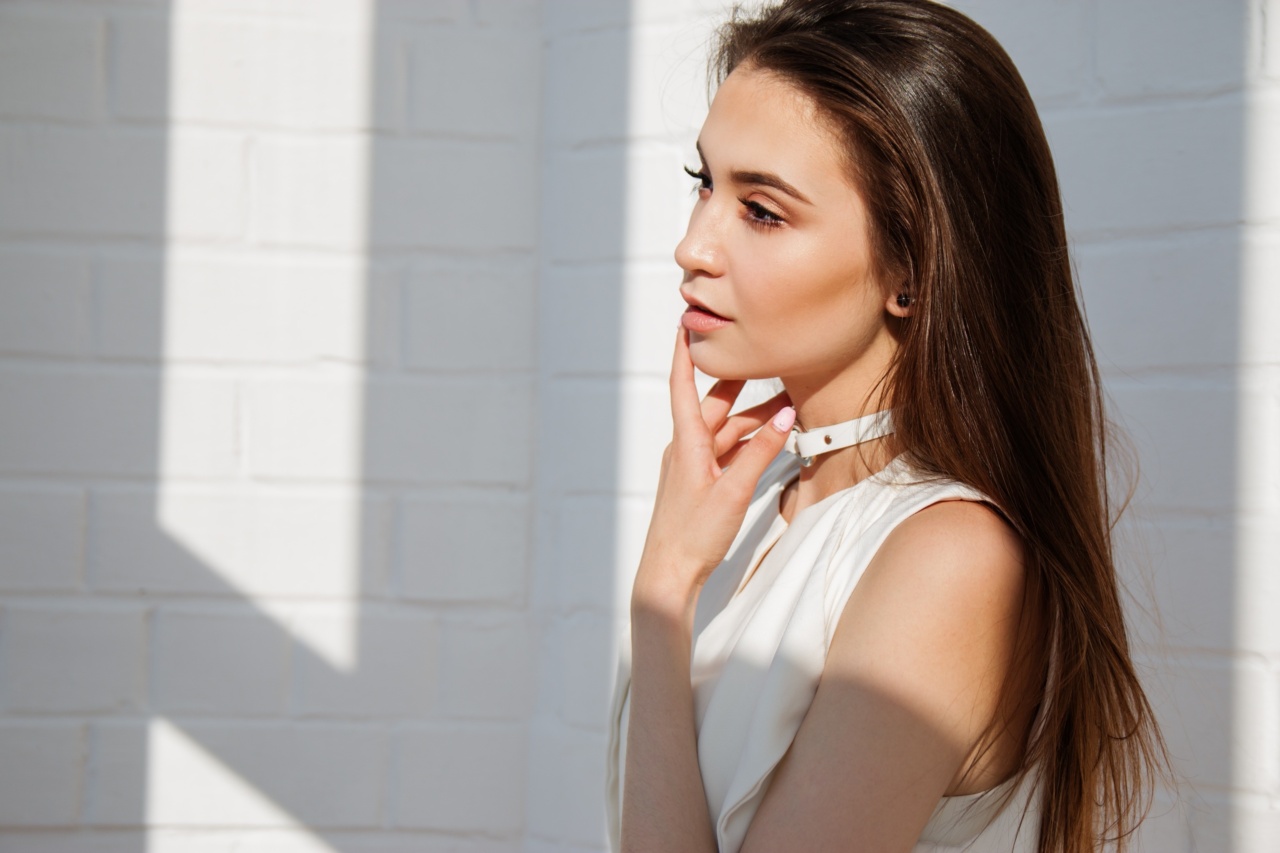The sun is vital for life on Earth. It provides heat and light that stimulate the growth of plants and other organisms. It also helps our bodies produce Vitamin D, which is important for our bones and overall health.
However, overexposure to the sun’s harmful UV radiation can cause various skin problems, including skin cancer. According to the Skin Cancer Foundation, one in every five Americans will develop skin cancer in their lifetime. In this article, we will explore the various ways to reduce the risk of skin cancer by 50% through sun exposure management.
Understanding UV Radiation
UV radiation is a type of energy that comes from the sun. There are three types of UV radiation that reach the Earth’s surface: UVA, UVB, and UVC.
UVA and UVB rays penetrate the skin and can cause skin damage, while UVC is absorbed by the ozone layer and does not reach the Earth’s surface.
UV radiation can cause premature aging, sunburn, and skin cancer. Skin cancer is the most common type of cancer in the United States, with more than 3.5 million cases diagnosed each year.
The three main types of skin cancer are basal cell carcinoma, squamous cell carcinoma, and melanoma.
Reducing the Risk of Skin Cancer
While it may be impossible to completely avoid the sun, there are several ways to reduce the risk of skin cancer. Here are some strategies:.
1. Cover up
Wearing protective clothing is one of the most effective ways to reduce the risk of skin cancer. Clothing that covers the skin, like long-sleeve shirts and pants, provides a physical barrier that blocks UV radiation.
Dark colors and tightly woven fabrics offer better protection than light colors and loosely woven fabrics. Hats with wide brims or caps with flaps that shade the face, neck, and ears are also effective.
2. Use sunscreen
Sunscreen is another important tool in reducing the risk of skin cancer. Sunscreens work by absorbing or reflecting UV radiation. Look for a broad-spectrum sunscreen that protects against both UVA and UVB rays.
The American Academy of Dermatology recommends using a sunscreen with an SPF of at least 30. Apply sunscreen liberally to all exposed skin, at least 15 minutes before sun exposure, and reapply every two hours or after swimming or sweating.
3. Seek shade
Seeking shade is another way to reduce the risk of skin cancer. Shade can be created by trees, umbrellas, or other types of shade structures.
Limiting sun exposure, especially during peak hours when the sun’s rays are strongest, is vital to protecting the skin.
4. Avoid tanning beds
Tanning beds can be even more harmful than the sun because they emit UVA radiation that penetrates deeper into the skin. The International Agency for Research on Cancer has classified tanning beds as carcinogenic to humans.
Instead of tanning beds, use self-tanners or spray tans to achieve a tan appearance.
5. Perform skin self-exams
Regular skin self-exams can help detect skin cancer early, when it is most treatable. Check your skin at least once a month for any changes in moles, freckles, or other spots. Look for the ABCDEs of melanoma:.
- A – Asymmetry: One half of a mole or birthmark does not match the other.
- B – Border irregularity: The edges are ragged, notched, or blurred.
- C – Color: The color is not the same all over and may include shades of brown or black, sometimes with patches of pink, red, white, or blue.
- D – Diameter: The spot is larger than 6 millimeters (about the size of a pencil eraser).
- E – Evolving: The mole or spot is changing in size, shape, or color.
The Bottom Line
Skin cancer is a serious health concern that is largely preventable. By following the strategies above, you can reduce the risk of skin cancer by 50%.
Always remember to cover up, use sunscreen, seek shade, avoid tanning beds, and perform skin self-exams regularly. Protecting your skin from UV radiation will keep it healthy and reduce the risk of skin cancer.




























